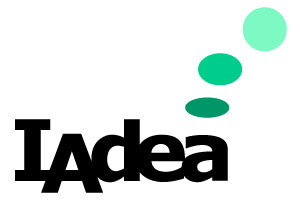
On any typical day, they are busy welcoming and checking in guests, greeting staff and employees, receiving deliveries, and giving out directions, amongst a host of other duties. On top of that, with many of us transitioning back to the office, at least on a flexible basis, front desk staff are also tasked with screening the temperature of those entering the office.
Constantly being in contact with people throughout the day can easily put them at a higher risk of sickness than that of a typical employee. Therefore, organisations need to rapidly rethink their front of office operations and policies as they have a duty to the safety of their own front-line staff.
While I by no means advocate replacement of front desk staff—a friendly face at reception is something irreplaceable—at least in times of higher risk, certain higher-risk processes can and should be automated to better protect front-line staff. Organizations may typically consider some of these options to maintain a happy and healthy workplace for every staff member:
Temperature and Self-Health Screening

Some of the risk is mitigated with masks, however as they become optional in many countries, risk is compounded. Space planners must address these consequences with the help of strategically deployed technology that encourages health self-screening and automates processes to reduce exposure for front-line staff.
Automated Guest Check-Ins

In fact, we had a very successful roll out of such a solution TableAir, with a now fully-automated solution for frictionless guest management
Occupancy Limits


